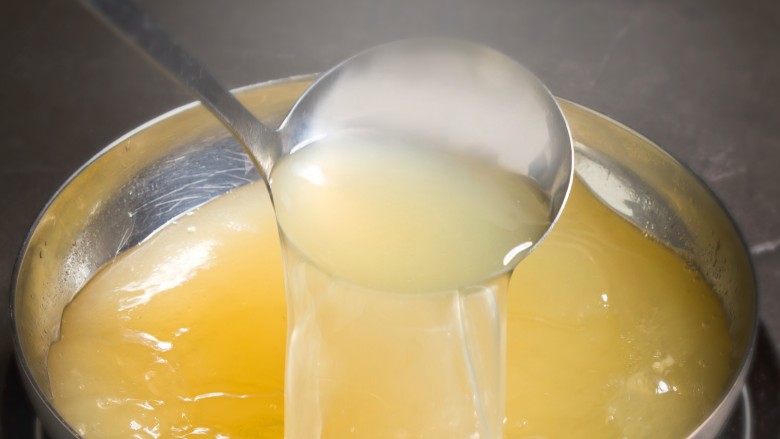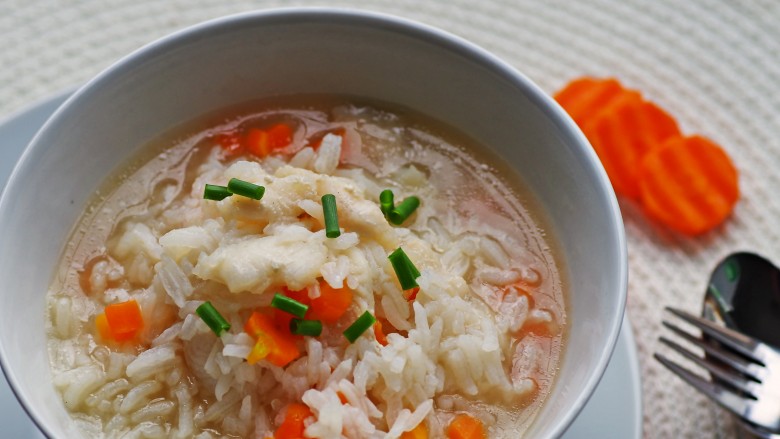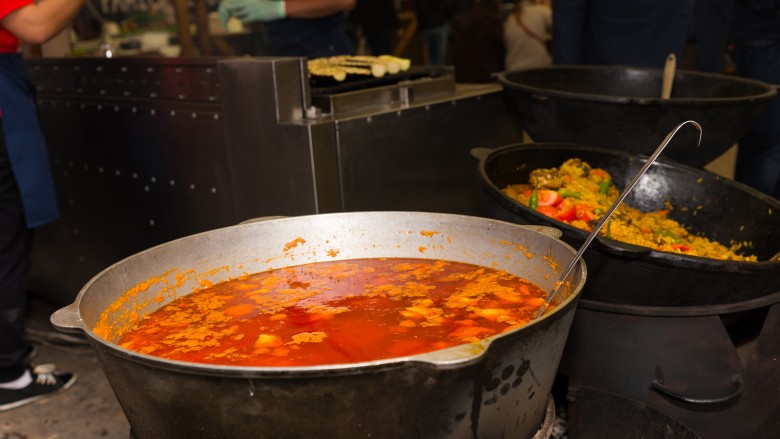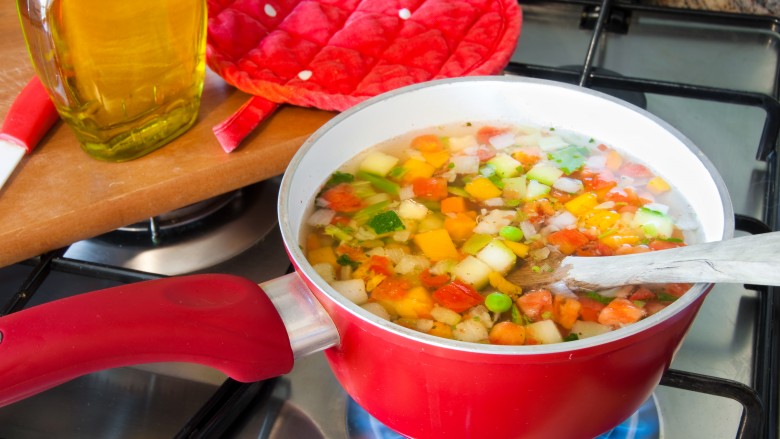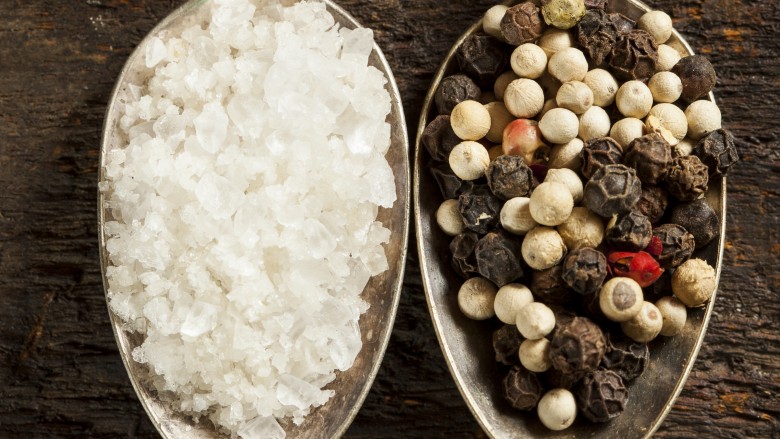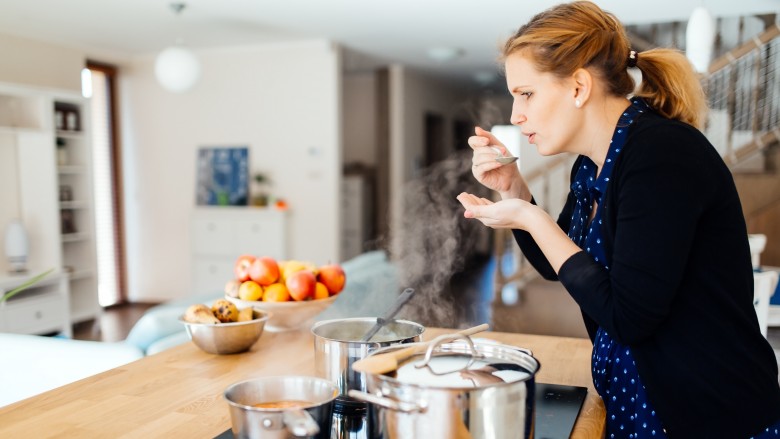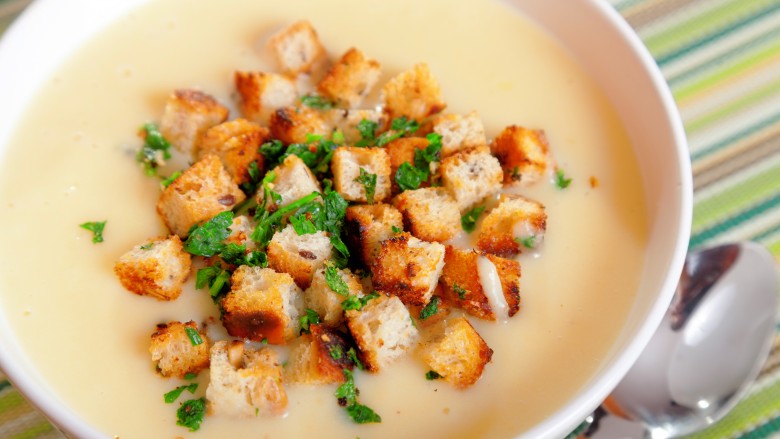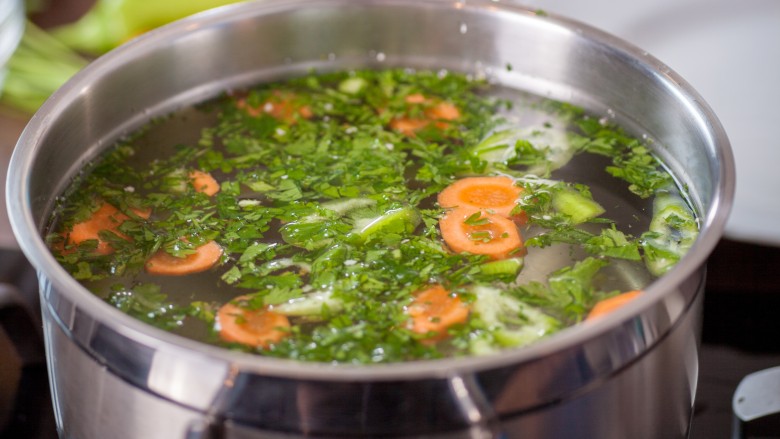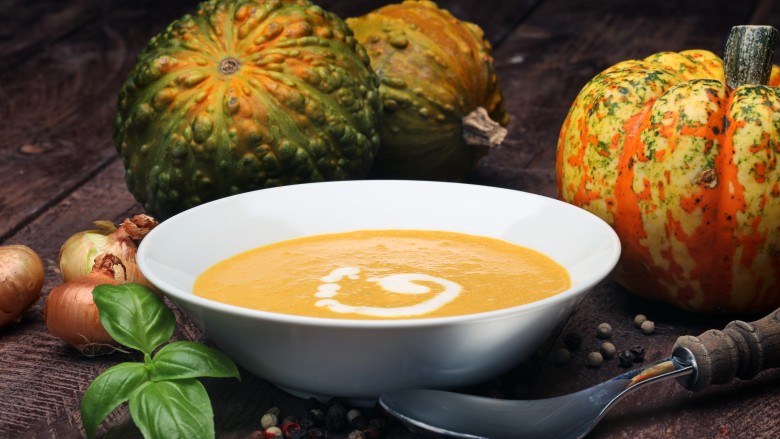10 Mistakes Everyone Makes When Cooking Soup
Cozy soups that are at once warming and complexly flavored have gotten me through many cool evenings in New York City. They have the unique ability to taste good on Day One and better thereafter. The can be made in advance, frozen, and reheated for later. Whether you love light brothy varieties, hearty ones that are chock full of meat and veggies, or the creamy pureed types, we can all agree that soups make up their own divine food group, and for that I am grateful.
While it's not particularly difficult, expensive, or laborious to make soup at home, it does require great care. That said, anyone can make a pot of comforting soup to soothe the soul. Avoid the common mistakes below and you're well on your way.
Using store-bought stock
Since soups get the bulk of their flavor from the stock, it goes without saying that making your own gives the pot a major boost at the outset. While it may be easy to pick up processed stock from the supermarket, the ones you're likely to find will be bogged down by sodium and other unsavory additives. On the other hand, with just a little bit of planning ahead, you can whip up your own vegetable, chicken, seafood, or beef stock in your own kitchen. The payoff? Unbeatable flavor.
There's a perception out there that making your own stock is labor-intensive and not worth the time and energy, especially since you can easily buy it. Well, I'm happy to tell you that making stock involves a few minutes of setup, then it simmers away on its own until the very end. Having homemade stock at the ready means you're better equipped at all times to to pull together a weeknight soup that's delicious, deeply nutritious, and economical to boot.
This recipe for a basic chicken stock from The New York Times comes via renowned French chef Jacques Pepin, so you know it's legit. It's a no-frills staple that's made by gently boiling chicken bones, water, onion, garlic, celery seed, soy sauce, and herbes de Provence.
Overcooking grains and pasta
In a pot of soup, mushy rice and deteriorating pasta are downright sad occurrences. As grains like barley and rice and small pasta shapes are meant to add texture and heartiness to a brothy soup, they bring nothing to the dish when overcooked. To avoid this fate, hold off on adding the grain until about 20 minutes before the soup is supposed to finish cooking. For pasta, you can definitely get away with adding it in the last 10 minutes. Easy fix.
Too hot for too long
In many ways, soups benefit from TLC more than any other dish. Their unique flavors require a slower cook time in order to give the varied ingredients time to mingle and meld. As such, you want to avoid cooking the soup over high heat, causing it to boil harshly. If you do, the flavors in your soup may become too concentrated as the liquid evaporates too rapidly. Instead, keep the heat at a simmer. Doing so allows the soup components to cook at a slow and steady pace. It takes a little longer, but it will be well worth the wait.
Adding ingredients at the wrong time
Different soup ingredients require different cooking times. Avoid adding all of them into the pot at once just to make it a little easier on yourself. Instead, try layering them with the aim to build flavor as well as get everything to finish cooking at the same time.
Most soups begin with a base of sauteed aromatics such as onion, celery, or garlic. From there, you add the stock, water, or both and begin to layer the vegetables according to how long they will need to cook. If using, add the grain or pasta. Since any meat or poultry should already be cooked, you can add these in near the end to warm through.
Seasoning too early
Many people erroneously season their soups too early only to find that the broth becomes overly salty or the black pepper turns slightly bitter by the end. Flavors become more concentrated as you cook the soup longer. Depending on how salty your stock was to start with, an early salting with a heavy hand could leave you with super-salty soup. Hold off until close to the end when you can taste your soup and determine how much salt to add.
Underseasoning or overseasoning
It's crucial that you pay attention to the seasoning throughout the cooking process when you're making soup. The flavors naturally evolve over time as the ingredients meld, so taste as often as you can. Be bold about herbs, spices, and other seasonings, while also remaining mindful of how they complement one another.
Using dried herbs
I never use dried herbs when I make soup. Their flavors simply pale in comparison to those of fresh herbs, which smell terrific and lend fragrance to your soup. To avoid underwhelming stale herb syndrome, just chop up a handful of the herbs you want to use, throw them into your soup pot, and wait to be bowled over by the crazy good aromas.
Not garnishing the soup
Don't skip the garnishes when it's time to serve your homemade soup; these small touches lend the dish tons of unique flavor, texture, and fragrance. Your garnishes will, of course, depend on the type of soup you're serving, but I have my favorites. Think big crusty croutons, a scattering of fresh herbs, one or two grinds of black pepper, or a dash of Parmesan cheese.
Undercooking or overcooking the vegetables
Not all vegetables cook at the same rate, so be mindful of when you add certain ones to avoid undercooked or overcooked veggies. Heartier ones may require more time, while softer types of produce can be added later. Additionally, the size you chop the pieces too might determine when you add them. If you're making a creamy pureed soup, you want to ensure your veggies aren't undercooked because they have to go in the blender. Keep an eye on your soup, and layer ingredients as you go so that everything ends up perfectly cooked at the end.
Adding too much dairy
I'm a big fan of of creamy soups, so I fully understand the urge to overdo it with the heavy cream, creme fraiche, sour cream, or yogurt in an effort to achieve that rich flavor. However, you want to make sure you're adding just enough dairy to complement the rest of the soup. Soups that have too much dairy in them don't hold up well when they are reheated because certain types of dairy can curdle or become too acidic. Less is more when it comes to soups with dairy.
If you're committing any of these soup mistakes, the upside is that they're all extremely easy to fix and even easier to avoid. I hope you get to eat many a bowl of delicious soup this season.

